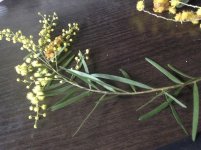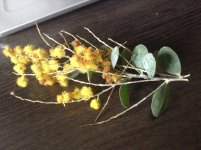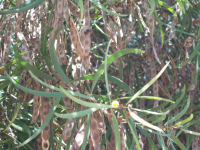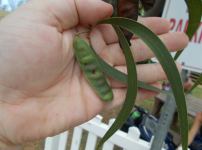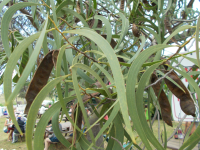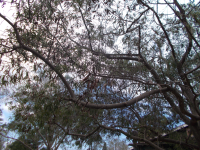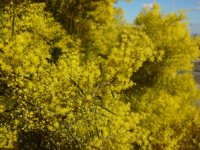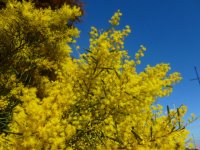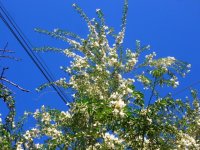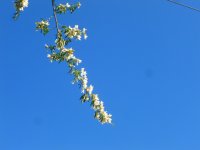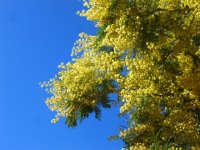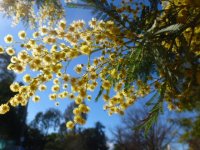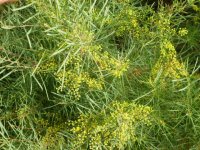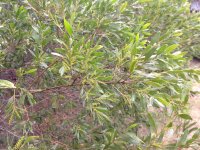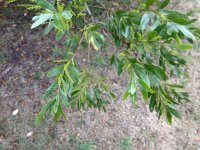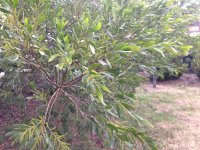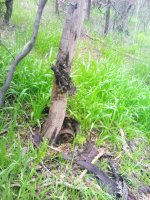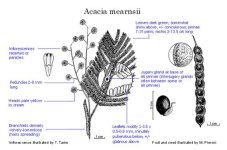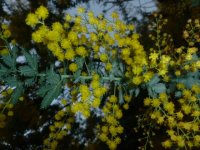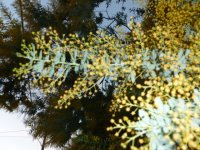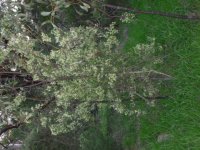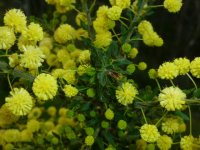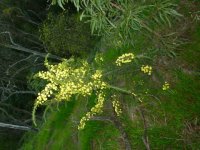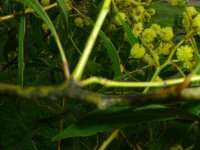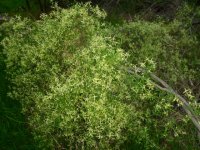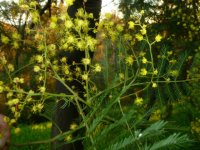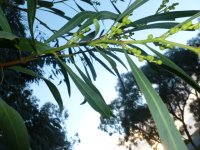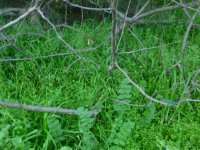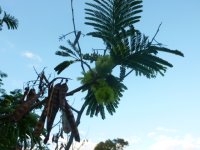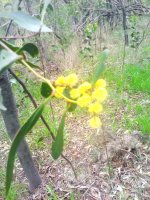Ok so here are the pictures of my findings from yesterday, the grey-green type actually have pale yellow/mustard flowers as you can see, I also discovered yet another species living on the perimeter of the others (of which there are many, possibly hundreds including the baby plants, also much dead wood and alas a possible butchering of one by a path as can be seen in one of the last pictures

)
So to summarise..
1 and 2 are of the same tree in an isolated spot, mearnsii esque but not an abundance of flowers which is strange as it gets all day sun..
3 is different
4 and 5 are the same in the concentrated area. 5 shows the ball of shit type thing (no disrespect meant I actually thought it was bat shit at first) at closer inspection looks like a fruit of some kind.
6 and 10 is interesting indeed with the white star shaped flowers, maybe not an acacia at all but seemed to be invasive and living off fallen trees and deadwood..
7 is yet another type living on the perimeter of the above.. Acacia pycnantha??
8 is clearly a tree entity (as they all are!)

apologies I should have rotated it before posting :roll:
9 not sure which/where this is from! Notice the reddy brown 'mouth'
11 and 12 the pale/mustardy type flowers and grey-dark green phyllodes. Ok so after a quick search I conclude this is almost definitely a.dealbata
14 is the possible evidence of bark stripping. Can this also happen naturally?
ps How do i write between the attachments?

